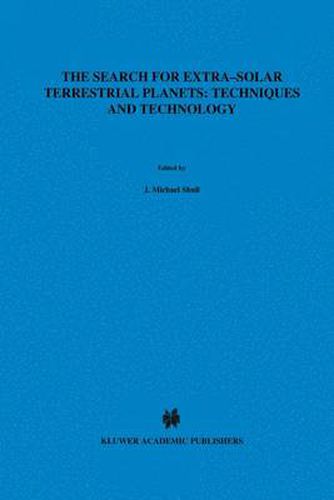Readings Newsletter
Become a Readings Member to make your shopping experience even easier.
Sign in or sign up for free!
You’re not far away from qualifying for FREE standard shipping within Australia
You’ve qualified for FREE standard shipping within Australia
The cart is loading…






This title is printed to order. This book may have been self-published. If so, we cannot guarantee the quality of the content. In the main most books will have gone through the editing process however some may not. We therefore suggest that you be aware of this before ordering this book. If in doubt check either the author or publisher’s details as we are unable to accept any returns unless they are faulty. Please contact us if you have any questions.
J 2 J. MICHAEL SHl:LL , HARLEY A. THRO:\SOX, JR. , A:‘>D S. ALAN STER:\3 I University of Colorado, Dept. of Astrophysical. Planetary, &. Atmospheric Sciences 2 University of Wyoming and KASA Headquarters, Code SR 3 Southwest Research Institute, Boulder Office On May 15-17. 1995, three Rocky Motultain research institutions hosted a confererJce to dis- cuss the scientific basis, teclmological options, and programmatic implications of a large-scale effort to find and study Earth-like planets outside the Solar System. Our workshop attracted scientists, erJgineers, space agency administrators, and the public media to discuss and debate the most promising teclmological options and opportunities. Major programs and proposals to search for and study exo-planets were preserJted and discussed. In addition, our meeting - incided *with NASA’s roadmap study for the Exploration of Neighboring Planetary Systems (~ ’\PS). Our meeting was the first international confererJce on this subject, affording an op- portunity for several members of this study to participate in the debates over new technologies. Our meeting proyed to be timely. Shortly thereafter, in late 199*5 and early 1996, two groups of astronomers annotulced the first discoveries of planetary companions to nearby stars. using high-precision radial velocity measuremerJts to detect the gravitational reflex motion of the star. The first three detections include a Jupiter-mass companion to the solar-like star. 51 Pegasi, and two remarkable objects of mass at least 2. 3 and 6.
$9.00 standard shipping within Australia
FREE standard shipping within Australia for orders over $100.00
Express & International shipping calculated at checkout
This title is printed to order. This book may have been self-published. If so, we cannot guarantee the quality of the content. In the main most books will have gone through the editing process however some may not. We therefore suggest that you be aware of this before ordering this book. If in doubt check either the author or publisher’s details as we are unable to accept any returns unless they are faulty. Please contact us if you have any questions.
J 2 J. MICHAEL SHl:LL , HARLEY A. THRO:\SOX, JR. , A:‘>D S. ALAN STER:\3 I University of Colorado, Dept. of Astrophysical. Planetary, &. Atmospheric Sciences 2 University of Wyoming and KASA Headquarters, Code SR 3 Southwest Research Institute, Boulder Office On May 15-17. 1995, three Rocky Motultain research institutions hosted a confererJce to dis- cuss the scientific basis, teclmological options, and programmatic implications of a large-scale effort to find and study Earth-like planets outside the Solar System. Our workshop attracted scientists, erJgineers, space agency administrators, and the public media to discuss and debate the most promising teclmological options and opportunities. Major programs and proposals to search for and study exo-planets were preserJted and discussed. In addition, our meeting - incided *with NASA’s roadmap study for the Exploration of Neighboring Planetary Systems (~ ’\PS). Our meeting was the first international confererJce on this subject, affording an op- portunity for several members of this study to participate in the debates over new technologies. Our meeting proyed to be timely. Shortly thereafter, in late 199*5 and early 1996, two groups of astronomers annotulced the first discoveries of planetary companions to nearby stars. using high-precision radial velocity measuremerJts to detect the gravitational reflex motion of the star. The first three detections include a Jupiter-mass companion to the solar-like star. 51 Pegasi, and two remarkable objects of mass at least 2. 3 and 6.